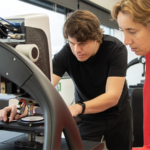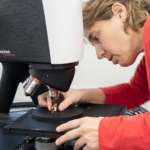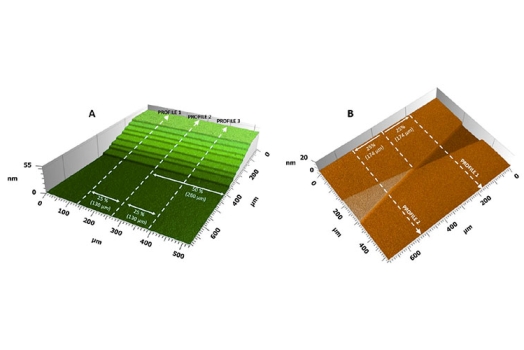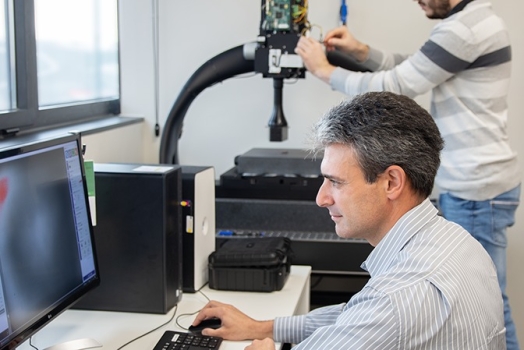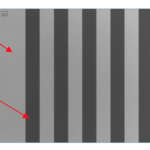
Development of a line-scan CCD-based fringe tracker for optical interferometry
Im Jahr 2003 erhielt Agustí ein Fulbright-Stipendium, um an der University of California, Irvine, Forschungen zur Phasenverschiebung bei großen segmentierten Teleskopen durchzuführen.
Seine Forschungsinteressen umfassen die optische Messtechnik und das Phasing großer segmentierter Teleskope. Sie versetzen die Sensofar-Forschungsgruppe in eine herausragende Position, um in Bezug auf Innovation und höchstes technologisches Niveau immer auf dem neuesten Stand zu bleiben.
Development of a line-scan CCD-based fringe tracker for optical interferometry full article
Agustí Pintó1, Ferran Laguarta1
1Center for Sensors, Instruments and Systems Development (CD6), Universitat Politècnica de Catalunya (UPC) Rambla Sant Nebridi, 10, E-08222 Terrassa, Spain.
Applied Optics, Vol. 45, Issue 26, pp. 6694-6701 (2006)
Abstract
Traditional high-precision optical techniques, such as interferometry, are in ever-greater demand for noncontrolled environments. This is the case for the UPC-ZEBRA, a large-aperture interferometer that was built to measure vertical discontinuities (i.e., piston errors) in segmented mirrors. The large mechanical systems used to drive the interferometer to the different measurement positions generate perturbations that are highly incompatible with the expected piston measurements on the nanometer scale. We introduce a new system based on a line-scan CCD to track interference fringes. The error signal obtained from this fringe tracker has been used in a closed-loop control system to actively stabilize the interferometer. The perturbation has been attenuated by a factor of 1/200.




